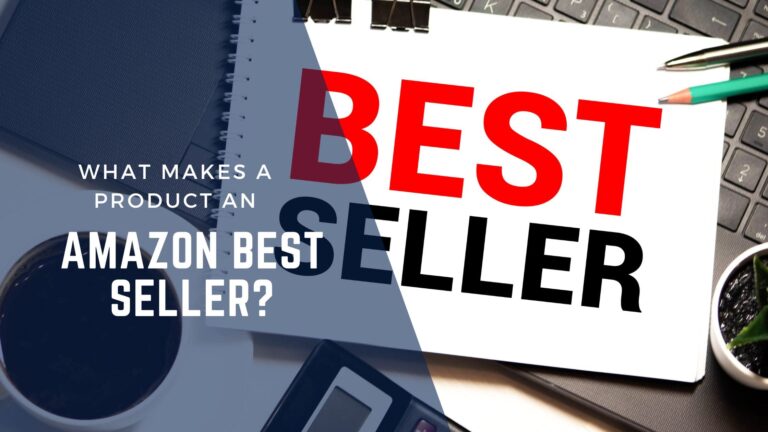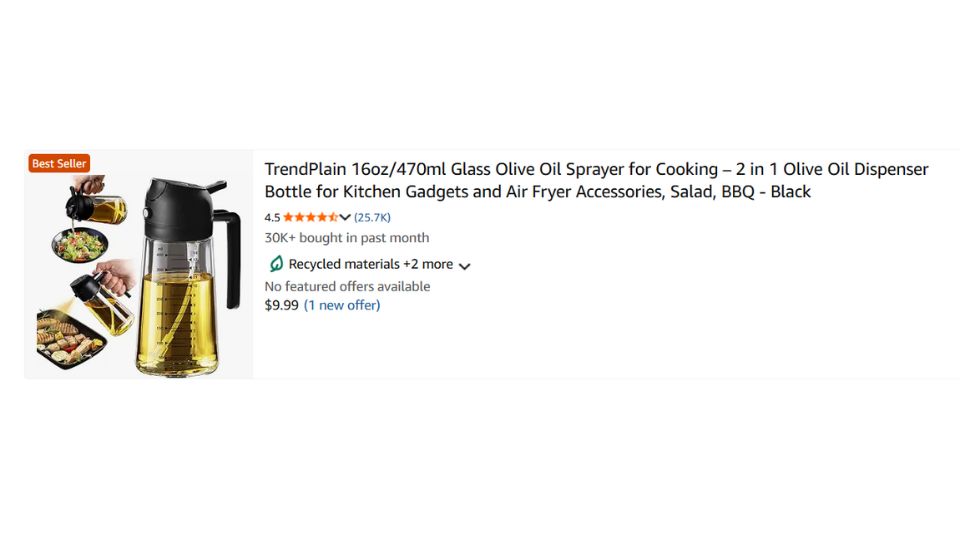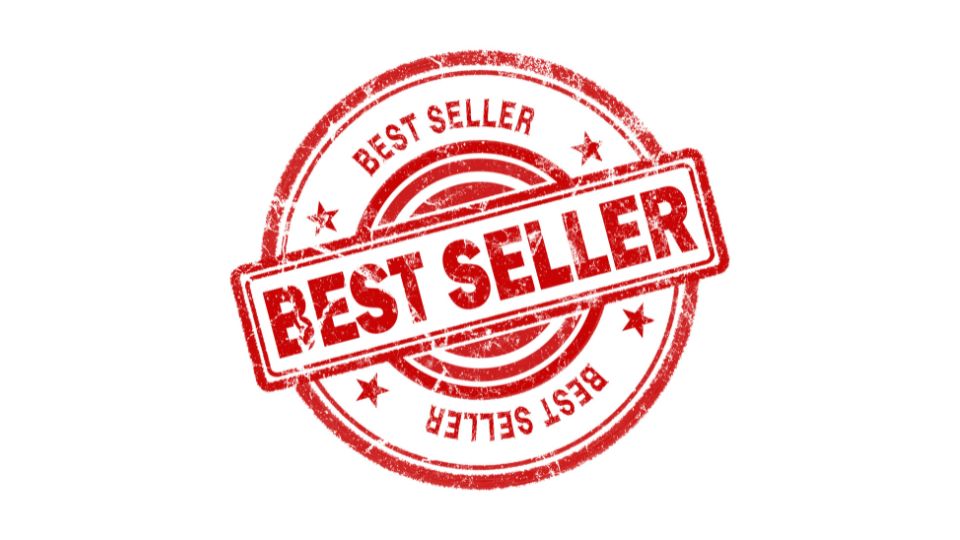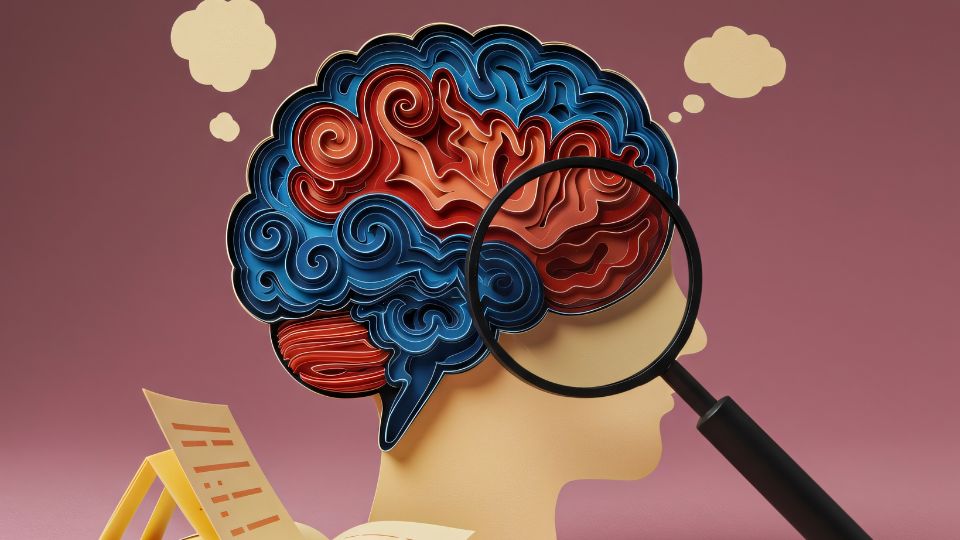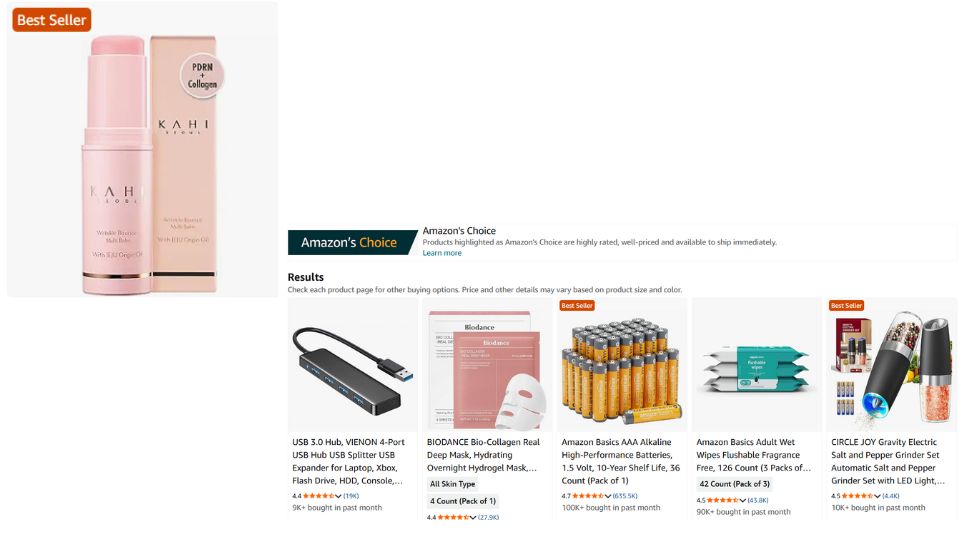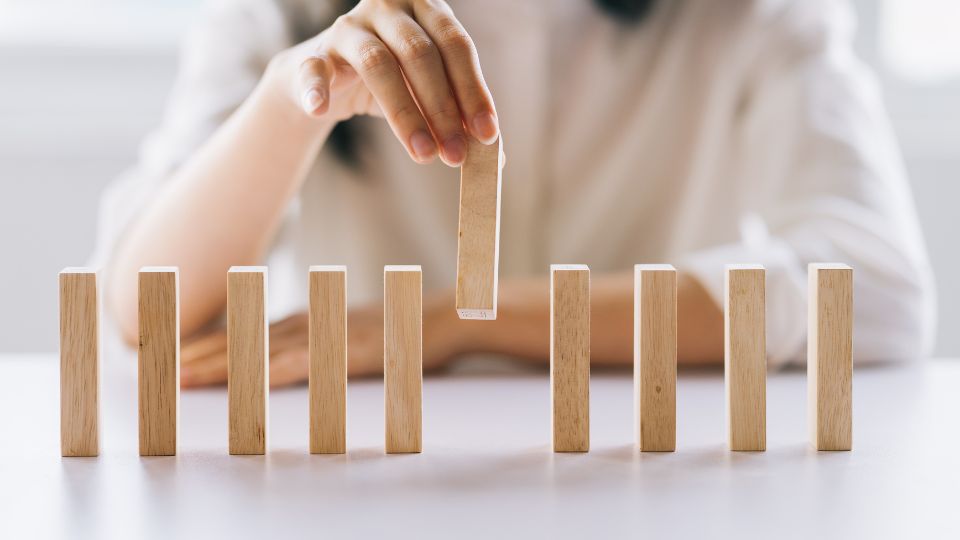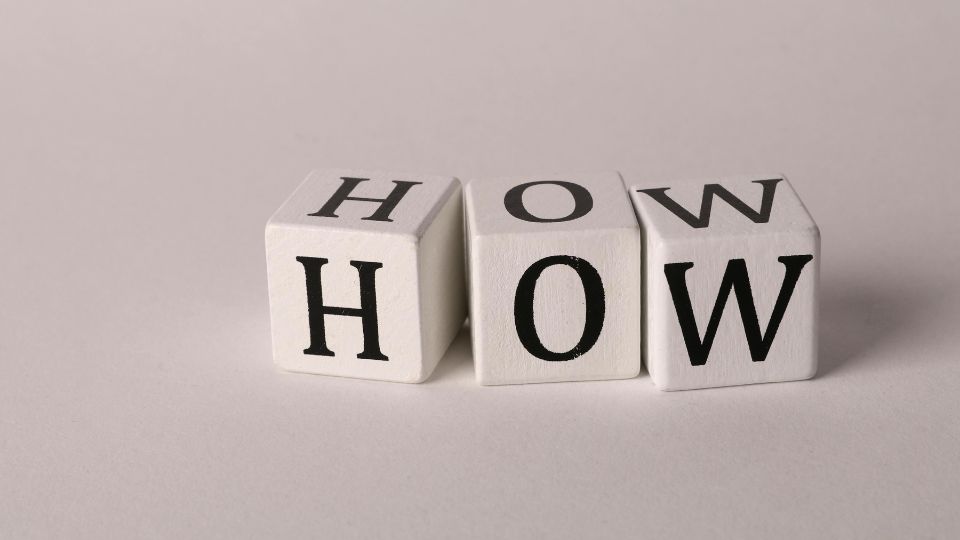Every Amazon seller dreams of seeing that bright orange “Best Seller” badge next to their product. It’s not just a symbol—it’s a powerful statement. It signals to shoppers that your product isn’t just popular; it’s trusted, proven, and preferred. For new and mid-level sellers, understanding what makes a product an Amazon best seller can mean the difference between a listing that struggles to get clicks and one that dominates its category.
Becoming an Amazon Best Seller isn’t about luck or random virality. It’s about mastering the algorithmic and psychological triggers that make shoppers choose you over everyone else. In this detailed guide, we’ll uncover how Amazon determines its best sellers, what the Best Seller Rank (BSR) really means, and how you can position your product to earn and sustain that coveted badge.
Why the “Best Seller” Tag Matters More Than You Think
The Best Seller badge is more than just a title—it’s an emotional shortcut in the customer’s mind. When buyers scroll through hundreds of listings, their eyes instinctively stop on that orange label. It signals trust and authority in an otherwise crowded marketplace.
The Psychology Behind the Badge
Humans are wired to follow the crowd. When shoppers see a product labeled “Amazon’s Best Seller,” it instantly creates social proof. They assume thousands of others have already tested and trusted it. This not only increases click-through rates (CTR) but also lifts conversions dramatically. It’s the digital version of a product being displayed at the front of a retail store—everyone wants what everyone else is buying.
There’s also the halo effect. Once a product earns the badge, it’s perceived as superior in quality, even if the product specifications are identical to competitors’. Reviews start pouring in faster, buyers feel more confident paying premium prices, and your brand earns long-term credibility. To strengthen this perception, ensure your visuals stand out—learn how to create eye-catching Amazon listings that convert visitors into buyers.
Visibility and Ranking Impact
The Best Seller badge doesn’t just impress buyers—it influences Amazon’s algorithm. Products with consistent sales velocity get better placement in search results and category rankings. That increased visibility fuels more traffic, which leads to more sales, which in turn strengthens your position. It’s a self-feeding cycle of growth: sales velocity brings the badge, and the badge drives even more sales velocity. You can further amplify this by optimizing your listing structure—see our complete guide on boosting Amazon listing visibility and sales.
The Core Criteria Amazon Uses to Rank Best Sellers
Amazon’s algorithm is ruthlessly data-driven. It doesn’t care about your brand’s story or your design aesthetic; it cares about metrics. To understand what makes a product an Amazon best seller, we must first decode the amazon best seller product criteria.
What Amazon’s Algorithm Looks For
At its core, the Best Seller Rank (BSR) is determined primarily by sales performance. Amazon tracks how many units a product sells in a specific time frame compared to others in the same category. The most recent sales weigh more heavily than historical ones, meaning a sudden surge in sales can quickly boost your BSR.
However, it’s not just about raw sales numbers. Amazon evaluates conversion rate, availability, fulfillment performance, and even customer satisfaction. FBA products tend to rank higher because they guarantee faster delivery and reliable service. Return rate, pricing competitiveness, and even response time to customer inquiries also feed into the algorithm. Sellers who master fulfillment can benefit greatly from learning how Amazon FBA vs FBM impacts their ranking consistency.
How Category Thresholds Differ
Each category has its own sales threshold for achieving Best Seller status. In competitive niches like Electronics or Home & Kitchen, a product may need thousands of daily sales to earn the badge. In smaller categories like Pet Grooming Accessories or Yoga Straps, just a few dozen consistent daily sales might be enough.
That’s why smart sellers study subcategories. By strategically positioning a product in a relevant micro-niche, you can achieve “Best Seller” status faster, then expand into broader markets as sales grow. Category selection, often overlooked by beginners, can make or break your ranking journey. Learn how to choose the right Amazon category that gives your product a competitive edge.
Understanding the Amazon Best Seller Rank (BSR)
The Best Seller Rank is Amazon’s way of telling both buyers and sellers how a product performs within its category. Many misunderstand it as an overall popularity metric, but in reality, BSR is category-specific.
Amazon Best Seller Rank Meaning
Simply put, the BSR measures how well a product sells compared to others in the same category. The lower your rank number, the better your sales performance. A BSR of #1 means your product is currently the top-selling item in that category.
But BSR doesn’t indicate overall sales across Amazon—it reflects relative performance within that category. A BSR of 1000 in “Home & Kitchen” might mean 500 sales per day, while the same rank in “Industrial Tools” could mean just 30.
How Often Amazon’s BSR Is Updated
One of the most common PAA questions is: “How often is Amazon’s Best Seller Rank updated?” The answer: almost hourly. Amazon constantly recalculates rankings based on recent sales data. This means your rank can fluctuate multiple times a day as your sales rise or dip.
These fluctuations are normal. Short-term drops don’t mean you’re losing traction—they often reflect brief variations in competitors’ sales. What matters is maintaining consistent sales velocity over time.
How Amazon Calculates and Updates BSR
The Formula Behind the Rank
Amazon’s system weighs recent sales performance more heavily than older data. It also considers sales consistency over time. The formula isn’t public, but sellers have observed a clear pattern: sustained daily sales lead to stable ranks, while sudden sales spikes cause temporary boosts.
Historical sales data adds stability. For example, a product that’s sold 500 units per day for six months will have a more stable BSR than one that suddenly sells 1000 units in a single day due to a lightning deal. You can use this insight to plan smarter promotions—read about running Amazon Lightning Deals effectively to build sustained momentum.
Hidden Influencers of BSR
Beyond sales velocity, several hidden factors influence rankings. Returns and cancellations hurt your performance because they signal poor customer satisfaction. Stockouts can temporarily tank your rank, as Amazon penalizes listings that are unavailable for extended periods.
Conversion rate plays a huge role too. Amazon’s algorithm favors listings that turn traffic into purchases. That’s why optimizing your images, titles, bullet points, and A+ content isn’t optional—it directly impacts BSR. Even off-Amazon traffic, such as influencer campaigns or Facebook ads, can improve your sales velocity, thereby lifting your BSR indirectly.
The Difference Between Best Seller, Sales Rank & Amazon’s Choice
New sellers often confuse these three labels, but they mean different things.
Sales Rank vs. BSR
Amazon Best Seller Rank and Sales Rank are sometimes used interchangeably, but technically, they describe the same concept: your ranking within a category based on sales performance. However, each product can have multiple category-based BSRs. For example, a blender could be #1 in “Personal Blenders” but #25 in “Kitchen Appliances.”
Amazon’s Choice vs. Best Seller
The “Amazon’s Choice” badge is based on keyword relevance, conversion rate, and low return rate for specific search terms. Meanwhile, the “Best Seller” badge is purely about sales velocity within a category. You can explore both badges in detail in our article on how to get the Best Seller and Amazon’s Choice badges.
Ranking Factors That Influence Amazon’s Best Seller Badge
Direct Factors
Sales velocity remains the single most critical factor. Consistent daily sales outperform one-time spikes. Inventory health also matters—products fulfilled by FBA with stable stock levels maintain rank better.
Pricing stability helps too. If your price fluctuates wildly, conversion rates can dip. Amazon’s system prefers steady, predictable performers. Buy Box share is another huge factor; the more time your listing holds the Buy Box, the more likely you are to maintain your BSR.
Listing optimization ties it all together. Proper keyword usage, clear images, and engaging A+ content can dramatically lift conversion rates, which feed directly into your ranking. You can learn how to use Amazon A+ content to improve conversion and trust.
Indirect Factors
Seasonality plays a major role. A product might suddenly rise during festive seasons or summer demand peaks. Smart sellers prepare months in advance to capitalize on these cycles.
Ad performance—especially PPC campaigns—boosts initial sales momentum. Even though sponsored sales are technically paid, they still count toward your overall sales velocity. External traffic from Instagram, YouTube, or influencer promotions can also trigger positive ranking signals.
In short, Amazon rewards consistency. The longer you maintain stable sales and customer satisfaction, the stronger your ranking foundation becomes.
How to Become an Amazon Best Seller (Step-by-Step Path)
Stage 1 — Product-Market Fit
Every best seller starts with the right product. Choose a niche where demand is steady but competition isn’t cutthroat. Use tools like Helium 10, JungleScout, and DataDive to identify categories with favorable sales-to-review ratios. Products with consistent demand and room for differentiation give you the best shot.
Stage 2 — Optimized Launch Strategy
Once your product is ready, focus on an optimized launch. Price competitively during the first few weeks to drive initial sales. Run Amazon PPC ads to boost visibility and generate early conversions. Use the “Request a Review” button after each order and maintain stellar customer support. Deals and coupons can accelerate your sales velocity during this stage. You can deepen your knowledge with our complete tutorial on scaling Amazon PPC ads profitably.
Stage 3 — Sustain and Scale
After hitting consistent daily sales, your focus shifts to sustainability. Monitor your BSR using tools like Helium 10 or Keepa. Track conversion rates, keyword ranks, and return percentages weekly.
Expand your presence by targeting subcategories or related ASINs. Introduce variations (colors, packs, or sizes) to retain customer interest. The key is to maintain momentum—your BSR will stabilize, and the Best Seller badge will follow naturally.
Real-World Examples: What Top Sellers Do Differently
The difference between an average seller and a best seller often comes down to small details executed consistently.
Top sellers invest heavily in listing design. Their main images are scroll-stopping, with crisp lighting and clear presentation. Their bullet points read like benefit-driven mini stories, not dry specs. They use A+ content that answers objections before customers even ask.
They also know their numbers. They track conversion rates, ad spend, and unit economics weekly. If BSR drops, they don’t panic—they analyze causes: was there a stockout, a pricing change, or a shift in competition?
Above all, they prioritize customer experience. Quick responses, easy returns, and genuine post-purchase engagement turn one-time buyers into brand fans.
Common Myths About Amazon Best Sellers
Myth #1: You need to be in the top 100 overall to be a Best Seller.
Not true. The badge is awarded per category and subcategory. You could be ranked #1 in “Yoga Mats” even if you’re nowhere near the overall top 100.
Myth #2: BSR is permanent.
BSR changes constantly—sometimes hourly. Even a small dip in sales can move your rank significantly. The goal isn’t to hit #1 once but to maintain consistent sales velocity over time.
Myth #3: Sponsored sales don’t count.
Sponsored sales absolutely count toward your BSR. Paid ads drive the same purchase signals as organic sales, making PPC campaigns one of the best tools for boosting your rank during launch.
FAQs About Best Seller Rank and Badge
What determines a product’s Amazon Best Seller Rank (BSR)?
It’s primarily determined by recent and historical sales performance compared to others in the same category.
How often is Amazon’s Best Seller Rank updated?
BSR updates almost every hour based on the latest sales data.
What is the difference between Best Seller Rank and sales rank?
They refer to the same underlying concept—how your product performs within a category—but each product may have multiple category-specific ranks.
How can I make my product a best seller on Amazon?
Focus on consistent sales velocity, optimized listings, excellent reviews, and strong inventory management. Combine organic growth with paid traffic for sustained results.
Does getting the Best Seller badge improve visibility and sales?
Absolutely. The badge increases CTR, trust, and conversions—creating a snowball effect of higher sales and stronger ranking.
Final Thoughts
Earning the Best Seller badge is not a mystery—it’s a formula. It combines understanding the amazon best seller product criteria, sustaining sales momentum, and delivering an exceptional customer experience. Whether you’re a new seller or scaling a private-label brand, the path to that badge lies in data, discipline, and consistency.
Track your Best Seller Rank, refine your listings, and focus on customer satisfaction every single day. The badge is not an end goal—it’s proof that your systems are working.
If you’re serious about mastering these strategies, join our 3-day training program. You’ll learn advanced techniques to optimize BSR, dominate rankings, and grow your Amazon business sustainably.

